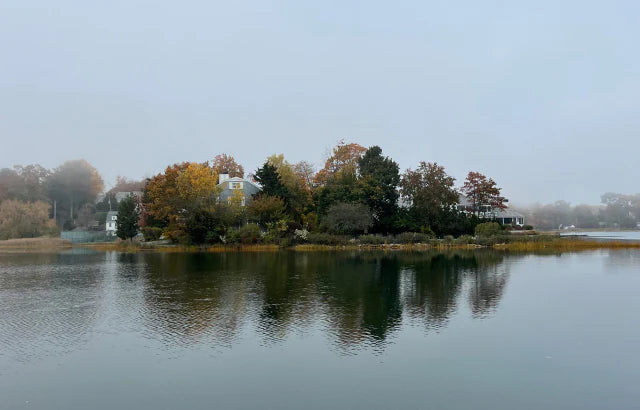
OYSTERS ARE THE MOST
SUSTAINABLE PROTEIN
Our oysters are filtering up to 100M gallons of water per day, which is equal to 150 Olympic pools!
BESIDES PROVIDING SEAFOOD,
OYSTERS MAKE WATERS HEALTHIER.
Oysters feed by filtering algae from water, they function as a natural filter and improve water that is overloaded with nutrients. A single oyster filters up to 50 gallons of water per day.







